11 Common Spring Pests and Diseases to Guard Your Garden
Protecting your garden from spring pests and diseases is crucial for a successful harvest.
Early detection and treatment can prevent these threats from damaging your plants.
Knowledge of common garden pests and diseases is key to maintaining a healthy garden.
Safeguard your plants this spring with proactive measures and regular care.
Early Blight
Early blight is a common fungal disease that affects various plants, especially tomatoes and potatoes.
You may notice dark spots on leaves accompanied by yellowing edges, which can spread quickly if not addressed.
Regularly inspecting your garden and practicing crop rotation helps keep this issue at bay.
Simple measures like removing infected foliage or applying organic fungicides can significantly protect your plants from further damage.
Cabbage Worms
Cabbage worms can be quite the nuisance in gardens, munching their way through your precious greens.
These little pests tend to blend into the leaves, making them tricky to spot until significant damage is done.
A gardener’s best friend might just be a watchful eye and natural solutions like introducing beneficial insects or using organic sprays.
Keeping plants healthy with proper care not only deters these invaders but also ensures your harvest remains plentiful and vibrant for every meal you prepare.
Leafminers
Leafminers are fascinating little creatures that can turn a healthy plant into a canvas of tunnels and trails.
You might notice the telltale signs as you stroll through your garden, with leaves displaying squiggly lines like miniature highways.
These pests not only impact the beauty of foliage but also affect plant health by disrupting photosynthesis.
Understanding their life cycle helps in managing them effectively, ensuring your plants remain vibrant and strong throughout the growing season.
Flea Beetles
Flea beetles are tiny pests that can cause big trouble for your garden.
These little critters love to munch on the leaves of plants, leaving behind holes that make them look like they've been shot with a peppering of bullets.
Their quick movements and shiny bodies make spotting them tricky, but keeping an eye out during the growing season helps you catch infestations early.
Using simple methods like row covers or companion planting can keep these pesky invaders at bay while allowing your plants to flourish beautifully without interruption.
Fire Blight
Fire blight presents a serious challenge for apple and pear trees, striking with a swift and destructive force.
This bacterial disease thrives in warm, moist conditions, causing branches to wilt suddenly as if scorched by fire.
Gardeners need to act quickly; removing infected areas can prevent further spread and protect the health of nearby plants.
Keeping an eye on your trees during wet seasons allows you to catch early signs before they escalate into larger problems that could affect your harvest.
Cutworms
Cutworms are those sneaky little garden pests that can wreak havoc on your plants overnight.
They thrive in the soil, emerging at night to munch on young seedlings and tender stems, leaving you wondering what happened to your precious greens.
Recognizing their presence early is crucial; they often blend into the earth during daylight hours, making them hard to spot.
Keeping an eye out for wilting plants or clean cuts at ground level will help you catch these culprits before they cause too much damage.
Aphids
Aphids are tiny insects that can cause big trouble for plants.
These little pests love to munch on leaves, stems, and roots, sucking out the juices and leaving behind sticky residue.
You may notice curled or yellowing leaves as a sign of their presence.
Some aphids even come in different colors like green, black, or pink!
Keeping an eye on your garden helps catch these invaders early so you can protect your beloved plants from damage.
Leaf Spots
Leaf spots appear as unexpected blemishes on plant leaves, often causing concern for gardeners.
These marks can vary in color and size, indicating different underlying issues like fungal infections or environmental stress.
Regularly inspecting your plants helps catch these problems early, allowing you to take action before they spread further.
Treating leaf spots might involve adjusting watering habits or applying appropriate fungicides, keeping your green friends healthy requires attention and care!
Slugs and Snails
Slugs and snails often go unnoticed in gardens, yet they play fascinating roles in the ecosystem.
These slow-moving creatures help break down organic matter, enriching the soil as they munch on decaying leaves and plants.
Their unique ability to glide over surfaces using a slimy mucus not only protects them but also aids their movement through various terrains.
Observing these little beings can spark curiosity about nature's intricate balance and remind you of the beauty found even in the smallest life forms around us.
Rust
Rust is more than just a programming language; it’s like an invitation to build safe and efficient software.
Its focus on memory safety means fewer headaches down the line, allowing you to write code that feels secure from bugs and crashes.
With a strong community backing, learning resources are plentiful, making it easier for newcomers to dive in.
Whether you're crafting system tools or web applications, Rust provides the reliability needed for modern development challenges while keeping performance at its core.
Asparagus Beetles
Asparagus beetles can cause real trouble for gardeners who love their fresh greens.
These little pests, with their bright colors and distinctive markings, seem harmless but can munch away at your asparagus plants in no time.
Keeping an eye on them is crucial; early detection helps you protect your beloved crops from damage.
Natural remedies like insecticidal soap or handpicking these critters off the stems might just save dinner!

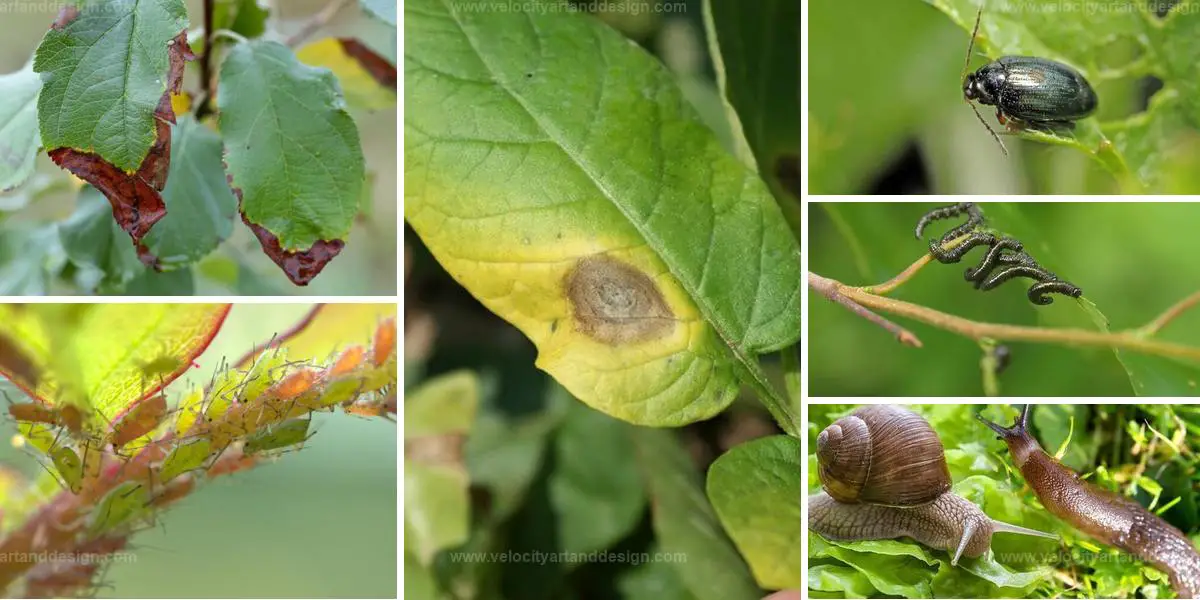
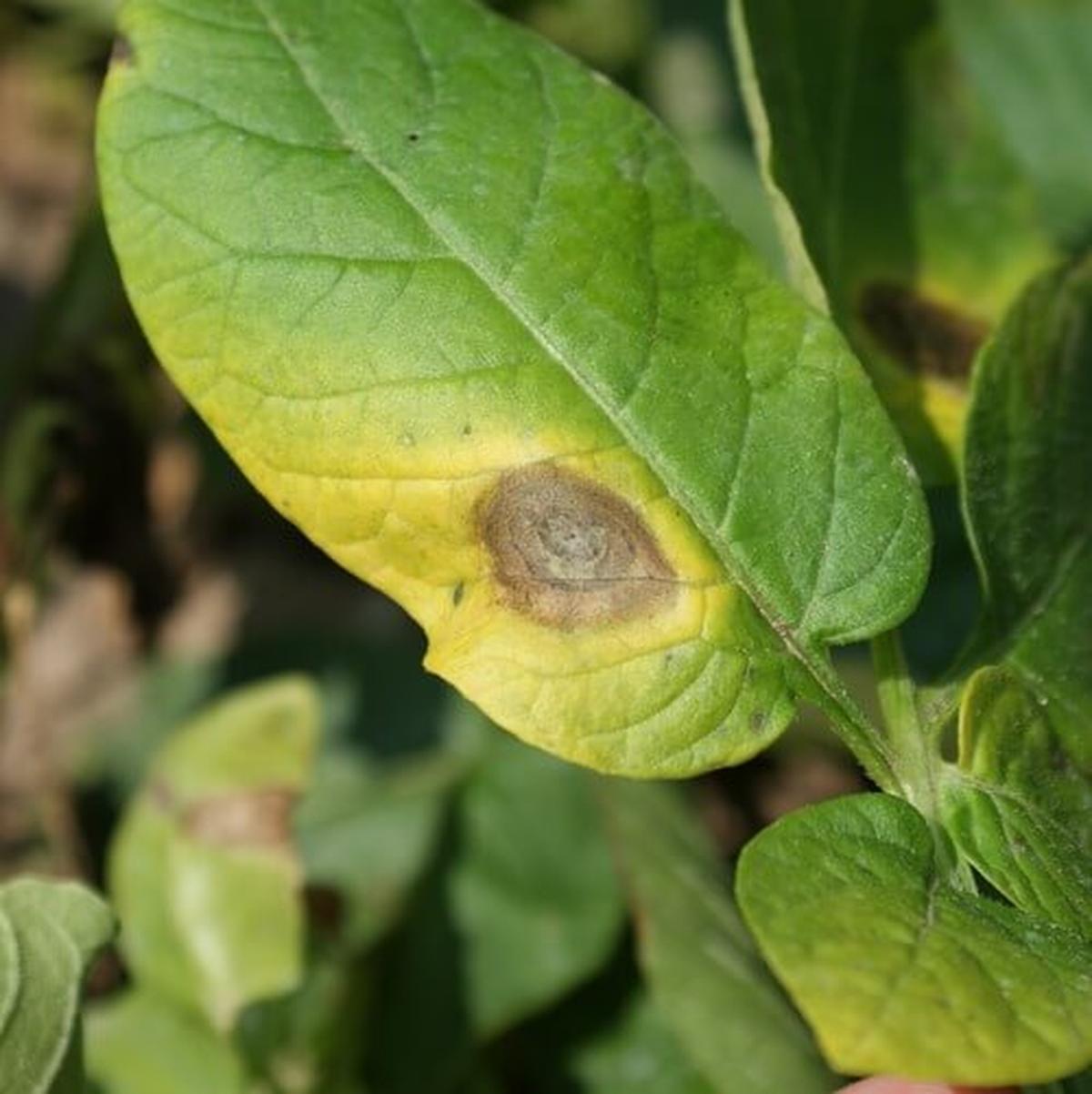
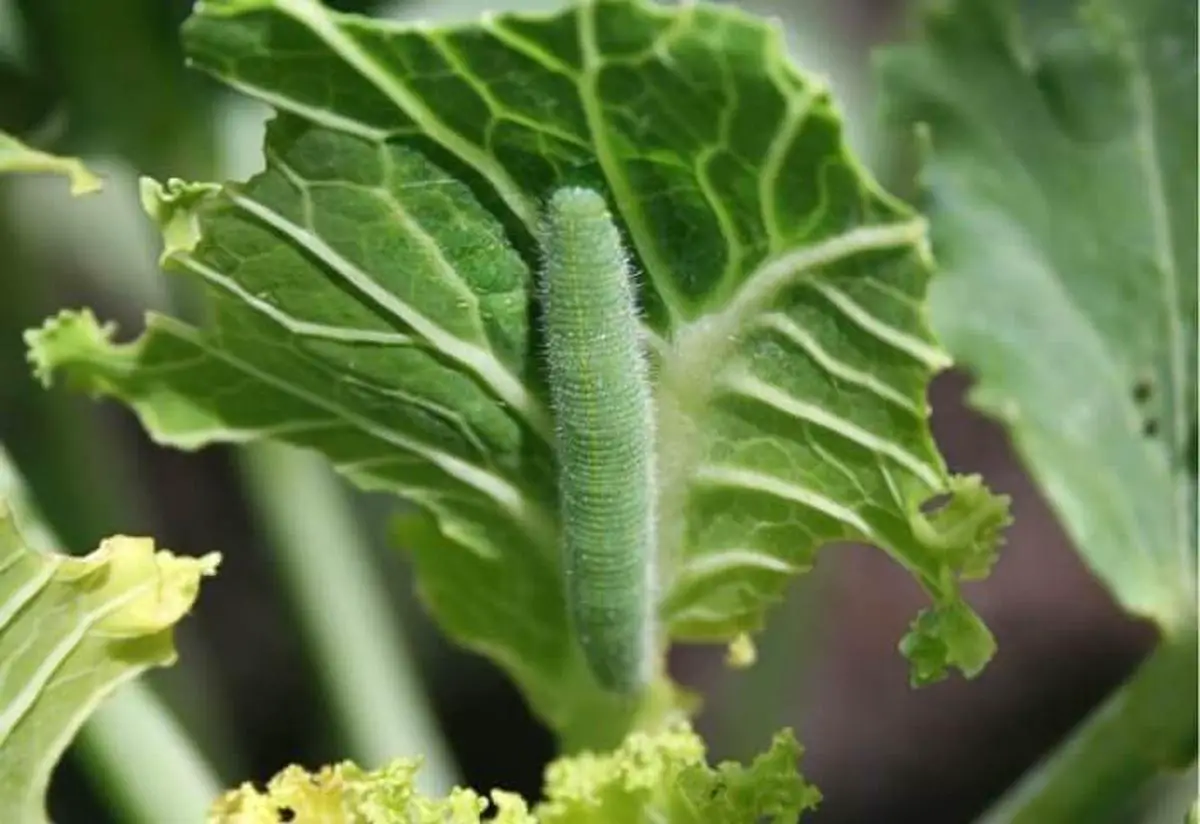
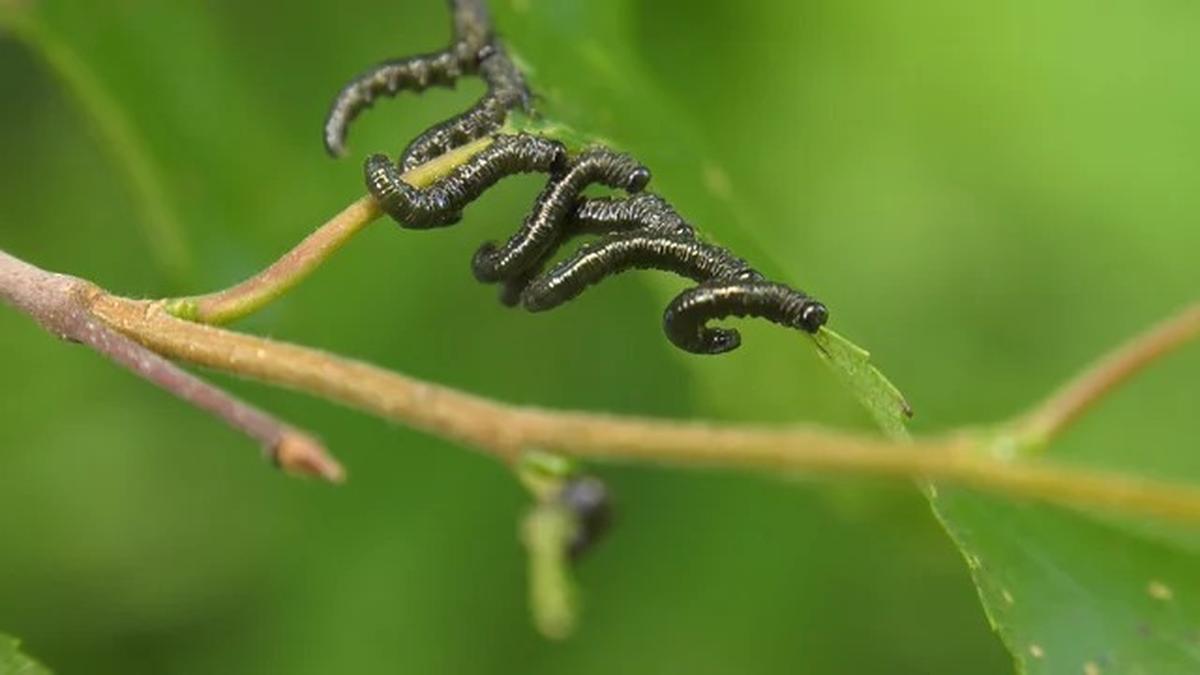
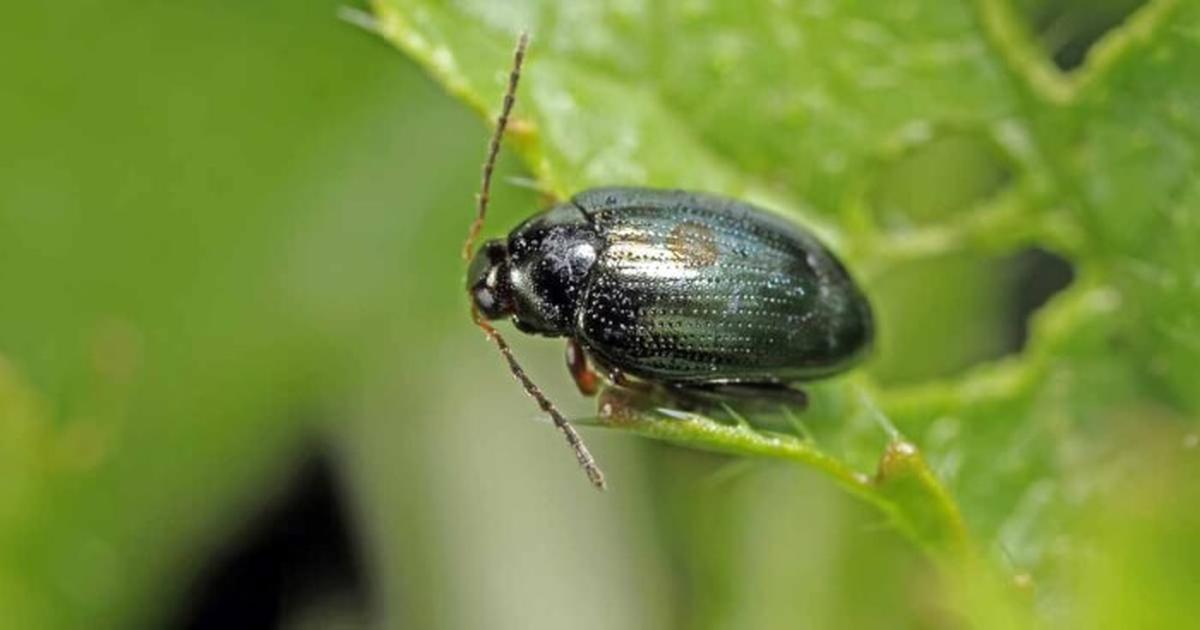
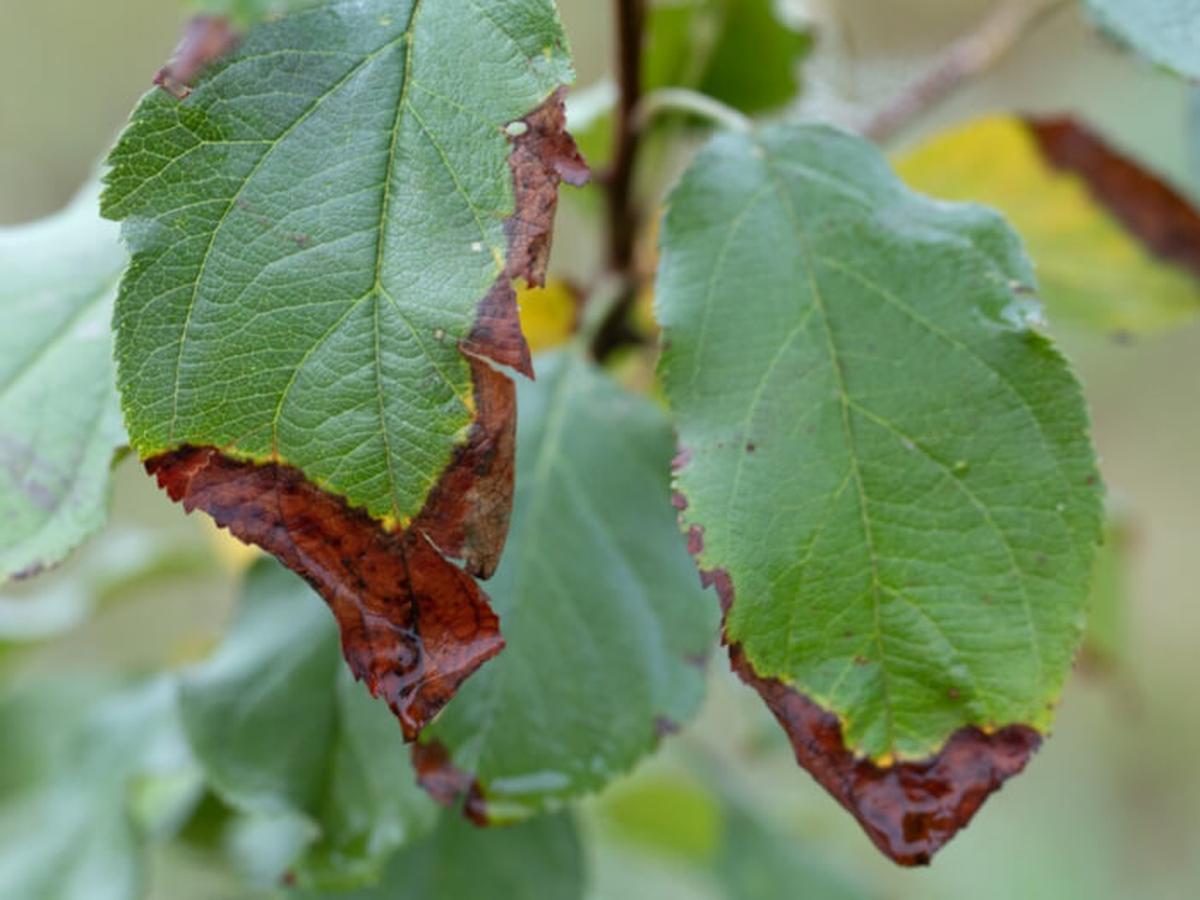
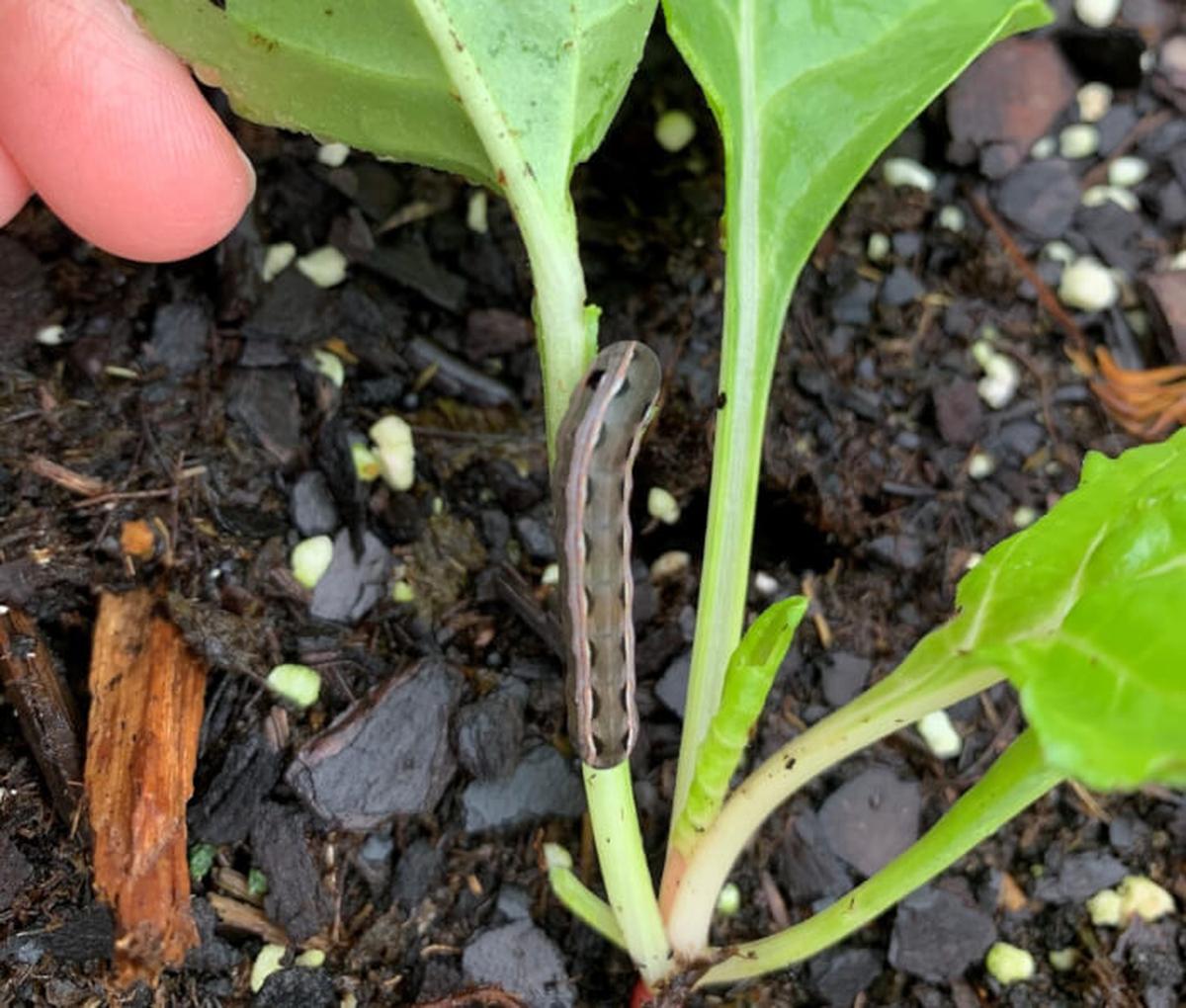
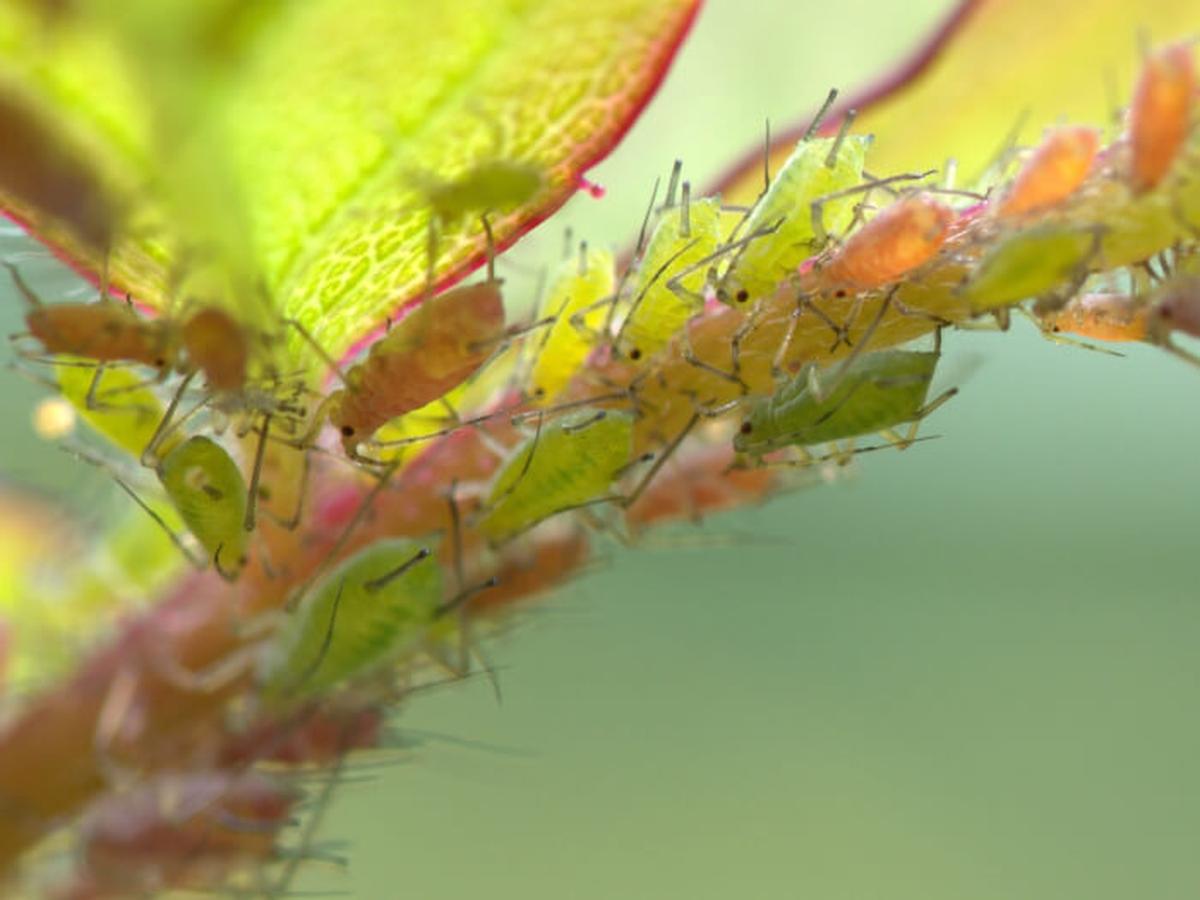
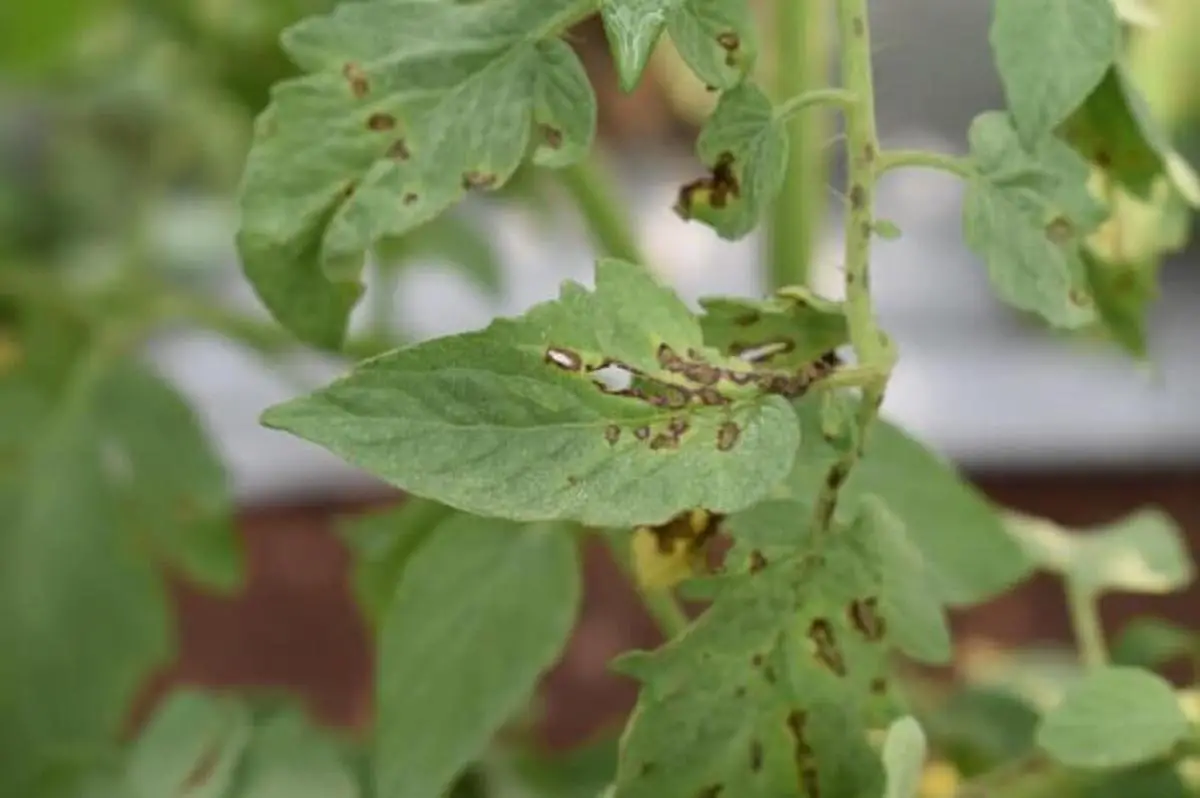
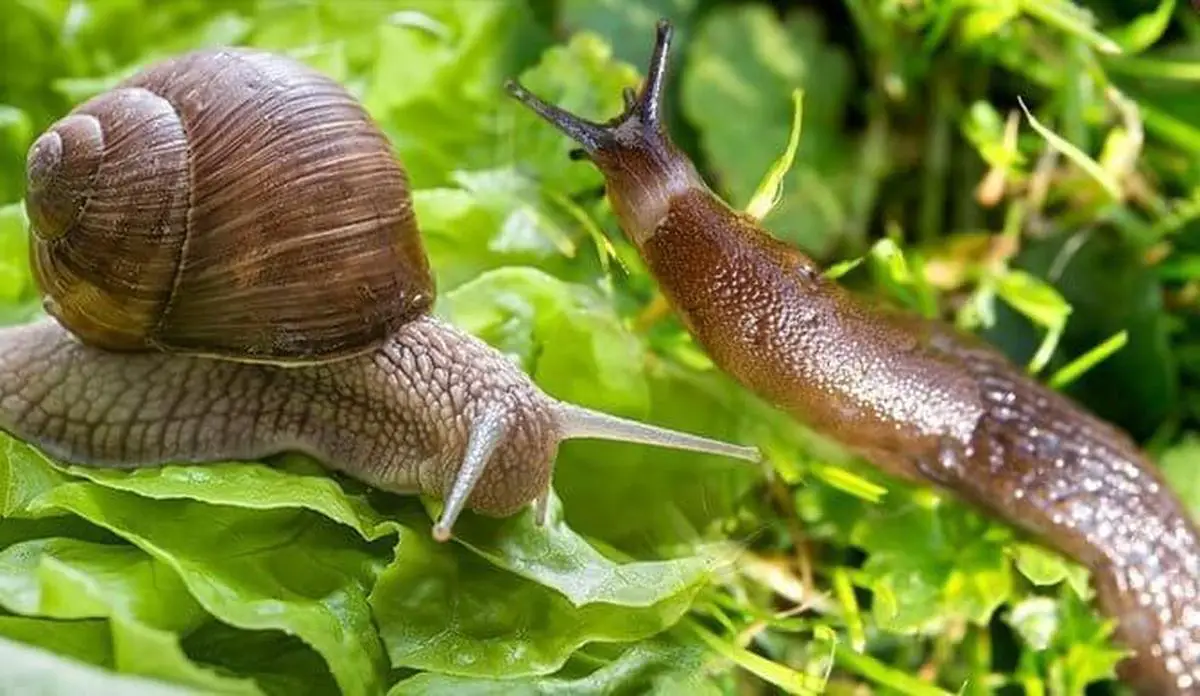
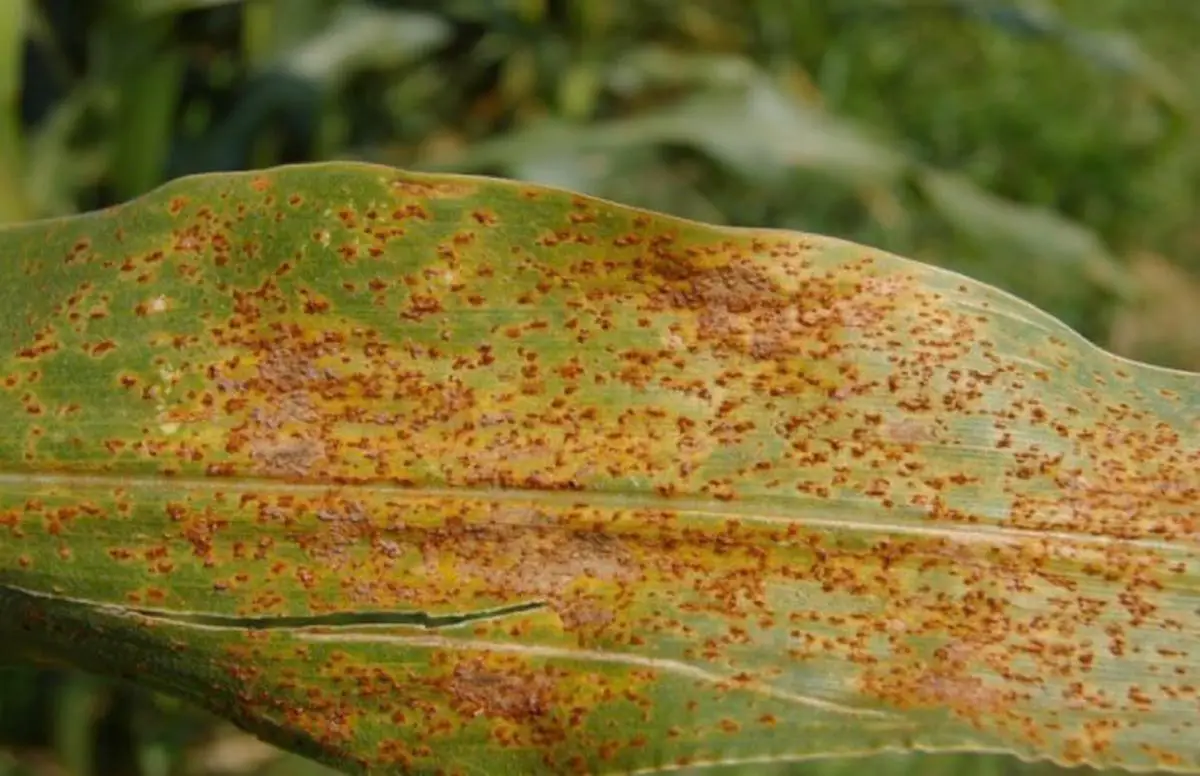
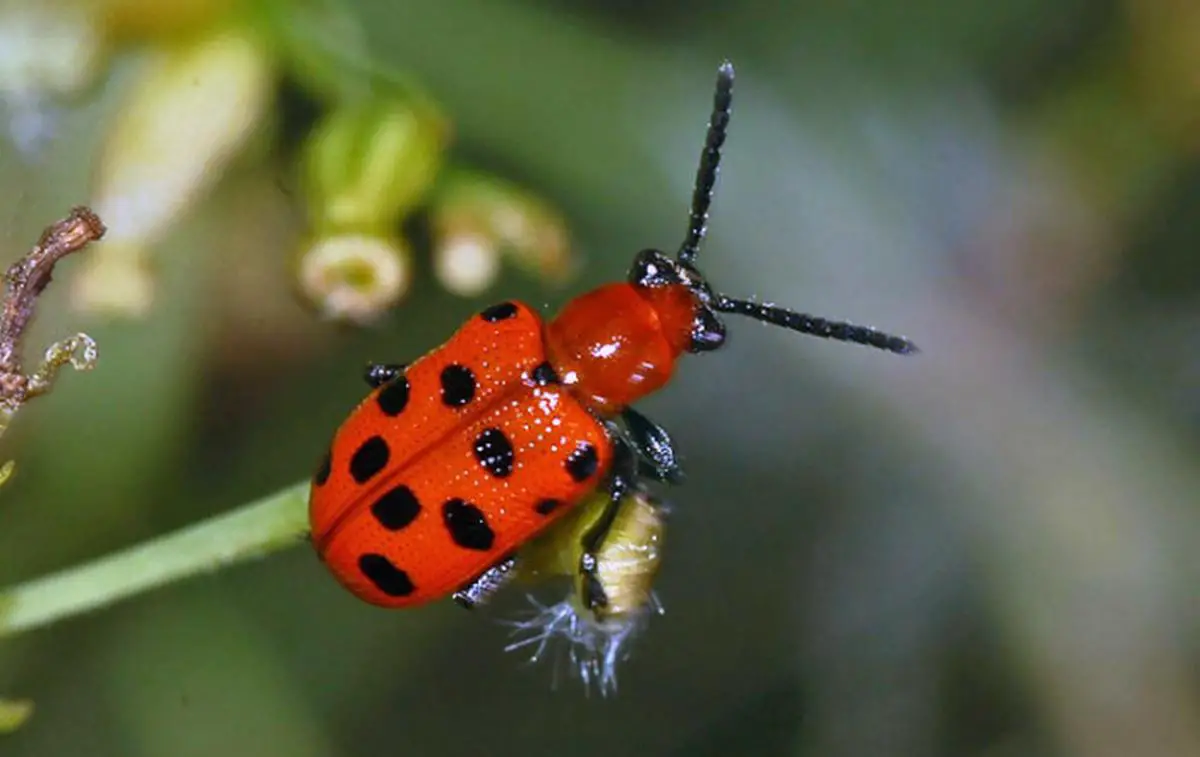
James Turner
Founder & Lead Designer
Expertise
Interior Design, Sustainable Design Practices, Spatial Planning, Innovative Material Applications, Contemporary Art Techniques, Visual Communication, Multimedia Artistry, DIY Design and Home Projects, Eco-Friendly Living Spaces, Creative Solutions
Education
University of Cincinnati College of Design, Architecture, Art, and Planning (DAAP)
Columbus College of Art & Design (CCAD), Columbus, OH
James Turner is the founder and lead designer at Velocity Art and Design. He studied Interior Design at the University of Cincinnati, focusing on eco-friendly design and smart use of space.
Later, he expanded his artistic skills with a Fine Arts Certificate from the Columbus College of Art & Design, where he learned about modern art and visual storytelling.
With over 10 years in design, James is passionate about making spaces that are both beautiful and practical. He shares his DIY tips and creative ideas to inspire others to explore their own creativity and transform their living spaces.